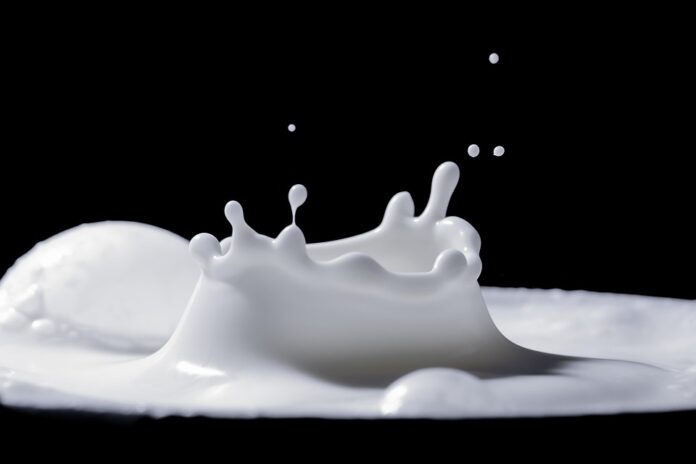Introduction
Smart milk packaging has revolutionized the dairy industry by incorporating technology to track freshness and temperature exposure. This innovative approach not only ensures the quality and safety of the milk but also provides valuable data to producers, retailers, and consumers. In this report, we will delve into how smart milk packaging works, its benefits, financial implications, and the companies leading the way in this technology.
How Smart Milk Packaging Tracks Freshness and Temperature Exposure
1. Sensors and IoT Technology
Smart milk packaging utilizes sensors and Internet of Things (IoT) technology to monitor various factors that can affect the quality of milk. These sensors can detect temperature changes, humidity levels, and even potential contaminants. By continuously collecting data, the packaging can provide real-time information on the freshness of the milk and any exposure to unfavorable conditions.
2. RFID Tags and QR Codes
RFID tags and Quick Response (QR) codes are often used in smart milk packaging to provide detailed information about the product. Consumers can scan these codes with their smartphones to access data such as the milk’s origin, expiration date, and storage recommendations. This transparency not only builds trust with consumers but also helps them make informed purchasing decisions.
The Benefits of Smart Milk Packaging
1. Improved Quality Control
By monitoring freshness and temperature exposure, smart milk packaging can help producers identify any issues in the supply chain that may compromise the quality of the product. This proactive approach allows for timely interventions to prevent spoilage and ensure that only the freshest milk reaches consumers.
2. Extended Shelf Life
Smart milk packaging can help extend the shelf life of dairy products by optimizing storage conditions. By alerting producers and retailers to any deviations from the ideal temperature or humidity levels, the packaging can prevent premature spoilage and reduce food waste.
3. Enhanced Traceability
With RFID tags and QR codes, smart milk packaging offers enhanced traceability throughout the supply chain. This transparency not only improves food safety but also allows for quicker recalls in the event of contamination or other issues. Consumers can also access information about the milk’s journey from farm to table, fostering trust and loyalty.
Financial Implications of Smart Milk Packaging
1. Cost of Implementation
While the initial investment in smart milk packaging technology may be significant, the long-term benefits can outweigh the costs. Improved quality control, extended shelf life, and enhanced traceability can lead to reduced waste, increased consumer confidence, and ultimately higher profits for dairy companies.
2. Market Opportunities
The demand for smart packaging solutions is on the rise, driven by increasing consumer awareness of food safety and sustainability. Dairy companies that embrace this technology can gain a competitive edge in the market and attract environmentally conscious consumers who value transparency and innovation.
Companies Leading the Way in Smart Milk Packaging
1. Tetra Pak
Tetra Pak, a leading packaging and processing solutions company, has been at the forefront of smart packaging innovation. Their Tetra Evero Aseptic carton, equipped with a RFID tag, allows consumers to track the entire journey of the milk from production to consumption. This level of transparency has earned Tetra Pak a reputation for quality and sustainability.
2. Sealed Air
Sealed Air, a global packaging company, offers smart packaging solutions that prioritize food safety and freshness. Their Cryovac Darfresh vacuum skin packaging ensures that dairy products remain protected from external contaminants and maintain their quality throughout the supply chain. This commitment to innovation has established Sealed Air as a trusted partner for dairy producers worldwide.
Conclusion
Smart milk packaging is revolutionizing the dairy industry by enhancing quality control, extending shelf life, and improving traceability. While the financial implications of implementing this technology may be significant, the long-term benefits in terms of reduced waste, increased consumer confidence, and market opportunities make it a worthwhile investment for dairy companies. Leading companies like Tetra Pak and Sealed Air are paving the way with innovative solutions that prioritize food safety and sustainability. As consumer demand for transparency and technology continues to grow, smart milk packaging will play an increasingly important role in shaping the future of the dairy industry.




